18 Dicembre
ore 12.00-14.00
Aula Consiglio |
Stefano
Demichelis
Use and misuse of mathematics in economic
theory

In recent decades the
role of mathematics in then analysis
of economic and financial phenomena has greatly increased.
Unfortunately, the effects of such a process have not always been
positive: mathematics has been used to give to some economic theories
the appearance of "objective truths" hiding the fact that they actually
stem from the
ideological assumptions of their authors, or, even worse, to cover
serious methodological mistakes. This has often lead to
ridiculous and grotesque results by economists claiming to be able to
predict human behaviour.
I will illustrate my thesis with examples taken from works and articles
in Game Theory and General Equilibrium Theory and present what, in my
opinion, could be useful application of mathematical techniques in
several fields such as linguistic games, politics and the
analysis of exploitation.
|
23
Ottobre
ore 12.00-14.00
Aula Consiglio |
Fabio
Pellacini
Appearance Fabrication: An
Optimization
Approach
Today’s 3D printers
are
likely to revolutionize personal fabrication, with their hardware
improving everyday and their cost getting lower. In this walk, I will
present my work in using 3D printers to replicate the appearance of
objects. I will show that the base of using 3D printers effectively is
the solution of complex optimization problems.
Time permitting, I will also introduce others’ work in this area.

|
15
Maggio
ore 12.00-14.00
Aula Consiglio |
Antonio Carcaterra
Mathematical Methods and Inventive
Engineering
Engineering,
intended as
the capability of producing innovation and new
technology, pays an important tribute to mathematics. It is well known
how the increasing computer power open the door to sophisticated models
of physical and engineering systems. But there is much more in
engineering for the use of mathematics. The word of new sensors,
keeping information from the environment (airplanes, cars, industrial
plants to the human body) for monitoring purposes to predict and
prevent faults and dangerous scenarios through data signal processing,
is one of the challenging opportunity. Special controls to realize new
self-controlled devices or unmanned vehicles is another exciting
example. Probabilistic models for optimizing the matching between
technology performances and economics is another aspect of valuable
importance.
The seminar aims to provide a glimpse on the use of advanced
mathematics in the world of applications in industrial engineering,
through concrete examples on running projects.
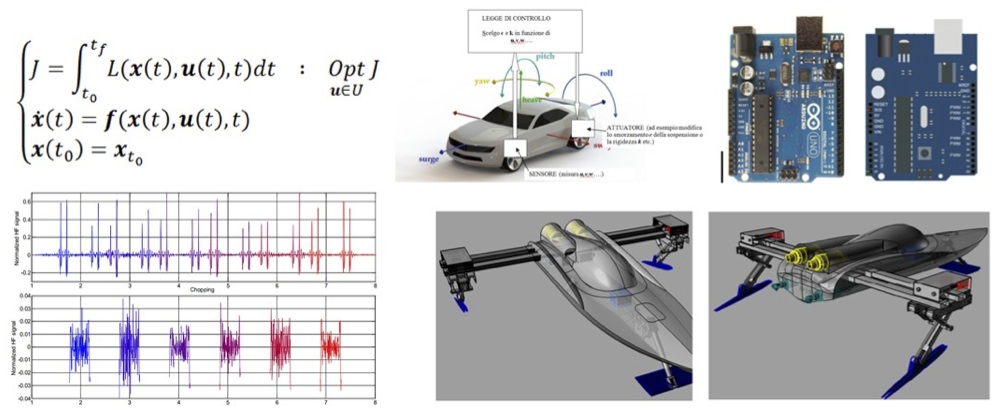
|
17
Aprile
ore 12.00-14.00
Aula Consiglio |
Marino Arroyo
Mechanics of out-of-plane deformation
patterns in
supported graphene
Graphene is a two-dimensional material with a unique set of properties,
many of which rely on its planar two-dimensional structure. In many
applications, graphene is supported on a substrate. Rather than a
flatland, supported graphene describes a landscape shaped by
out-of-plane features with different physical origins. Defects such as
dislocations or grain boundaries can relax through out-of-plane
deformations.
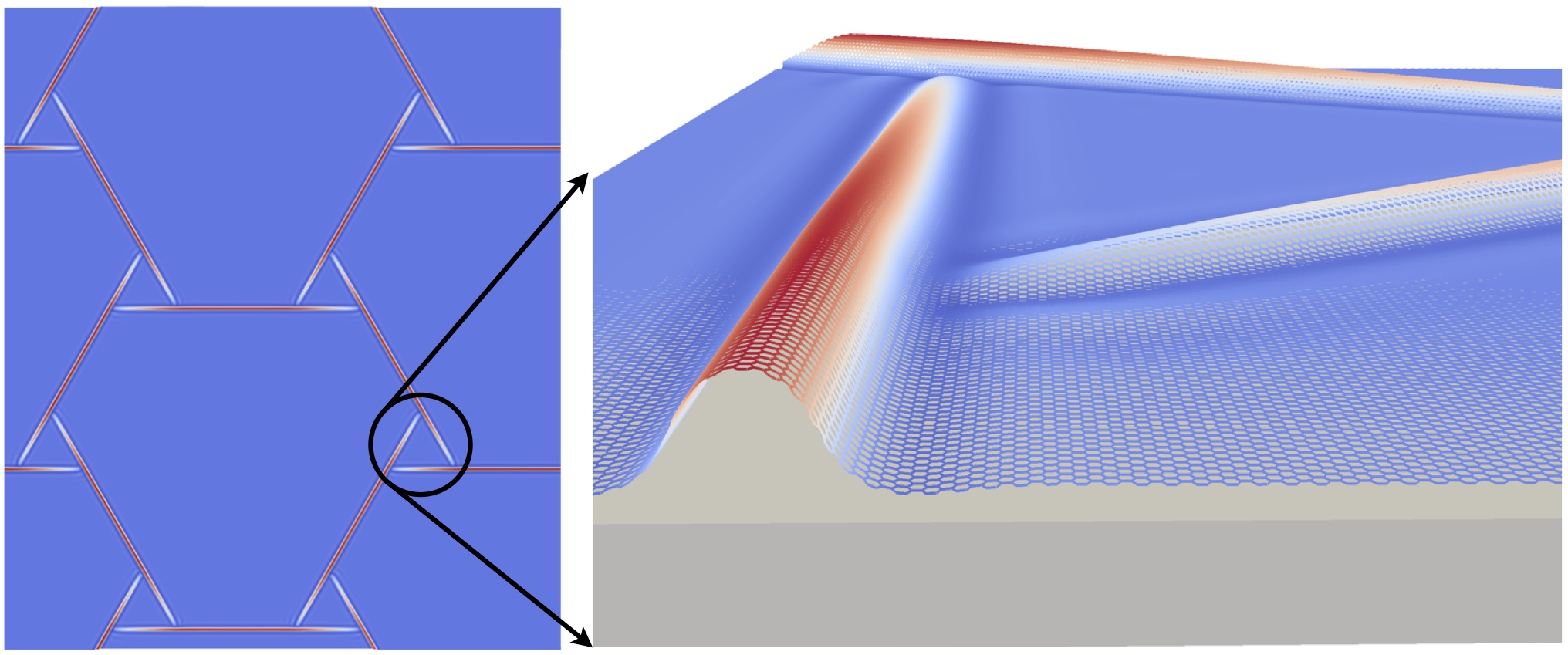 Gas
trapped between graphene and the substrate can elastically deform
graphene, producing blisters of various shapes and sizes. Lateral
strain produced upon cooling after graphene synthesis invariably
results in linear and localized wrinkles. Such wrinkles or bubbles
locally modify the electronic properties and are seen as defects. It
has been also suggested that the strong coupling between localized
deformation and electronic structure could be harnessed in technology
by strain engineering. Here, I will describe our efforts to understand
the origin of elastic out-of-plane deformations in supported graphene,
and to devise strategies to control deformation patterns.
|
27
Marzo
ore 12.00-14.00
Aula Consiglio |
Davide Bigoni
Strange equilibria of elastic rods:
elastic arm scale, torsional gun, and the dripping of the Euler's
elastica
The problem of an
elastic
rod deforming in a plane, namely the so-called ‘planar elastica’, has a
long history, rooting to Jacob Bernoulli (1654-1705), Daniel Bernoulli
(1700-1782), Leonhard Euler (1707-1783), 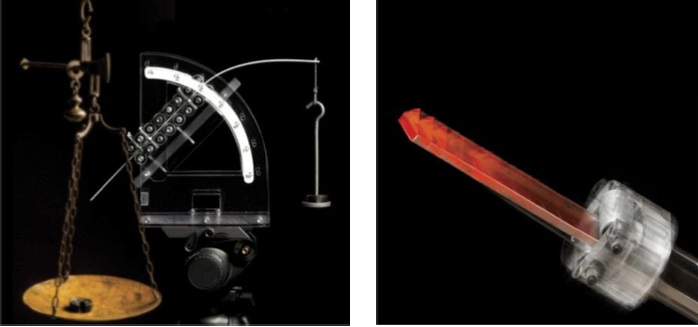 and Pieter van Musschenbroek
(1692-1761), but is still actual and rich of applications, sometimes
unexpected. The elastica has attracted a great interest in the past and
has involved contributions from first-class scientists, including
Kirchhoff, Love, and Born. The research on the elastica marked the
initiation of the calculus of variations and promoted the development
of the theory of elliptic functions. Nowadays the elastica represents a
useful introduction to the theory of nonlinear bifurcation and
stability, but is also an important tool in the field of soft robotics
and in the design of compliant mechanisms. Moreover, the elastica can
be effectively used to explain snake or fish locomotion and to design
snake-like robots.
In this talk, the theory of a planar, nonlinear elastic rod developed
by Euler is used to present new phenomena in which nonlinearities
(related to the fact that equilibrium of the rod is reached at large
displacements) play a fundamental role.
|
20
Febbraio
ore 12.00-14.00
Aula Consiglio |
Maria Grazia Betti
Graphene: a revolution for the future
technology
Graphene, a carbon
layer
packed in a 2D honeycomb lattice, has been discussed theoretically in
the 1940s, tough it took sixty years to be experimentally isolated in
2004. After ten years, as a result of its appealing electrical,
mechanical and optical properties, graphene has driven an unexpected
technological revolution. A snapshot of a variety of promising
applications from flexible electronics to energy storage, to biomedical
applications will be presented. The ongoing research is now driven by
the control and the design of the structural and electronic graphene
properties. Examples are: (i) the control of mobility (metal or
insulator?) tailoring graphene nanoribbons, (ii) the control of charge
transfer and lithium uptake for energy storage applications, as a
function of graphene morphology, (iii) the enhancement of magnetic
anisotropy with magnetic systems in contact with graphene. These recent
experimental results are presented, looking forward further
achievements on the ongoing graphene future technologies.
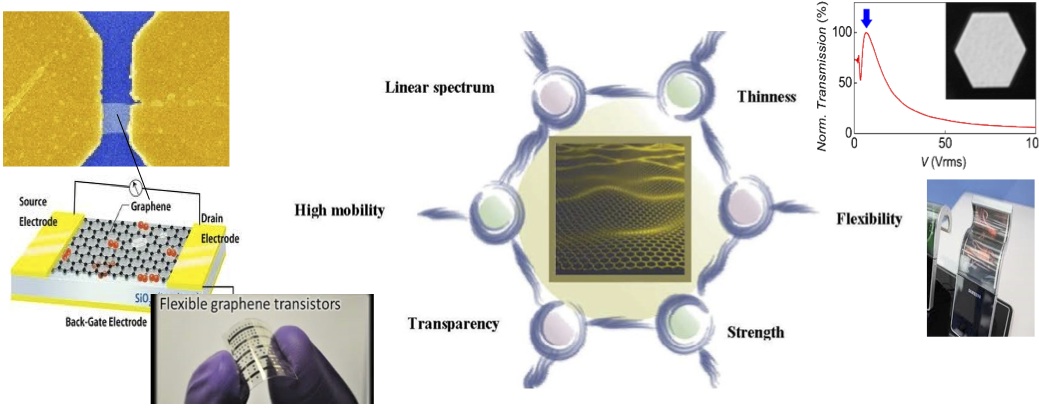
|
23
Gennaio
ore 12.00-14.00
Aula Consiglio |
Annalisa
Fasolino
The wonderful structure of graphene
The 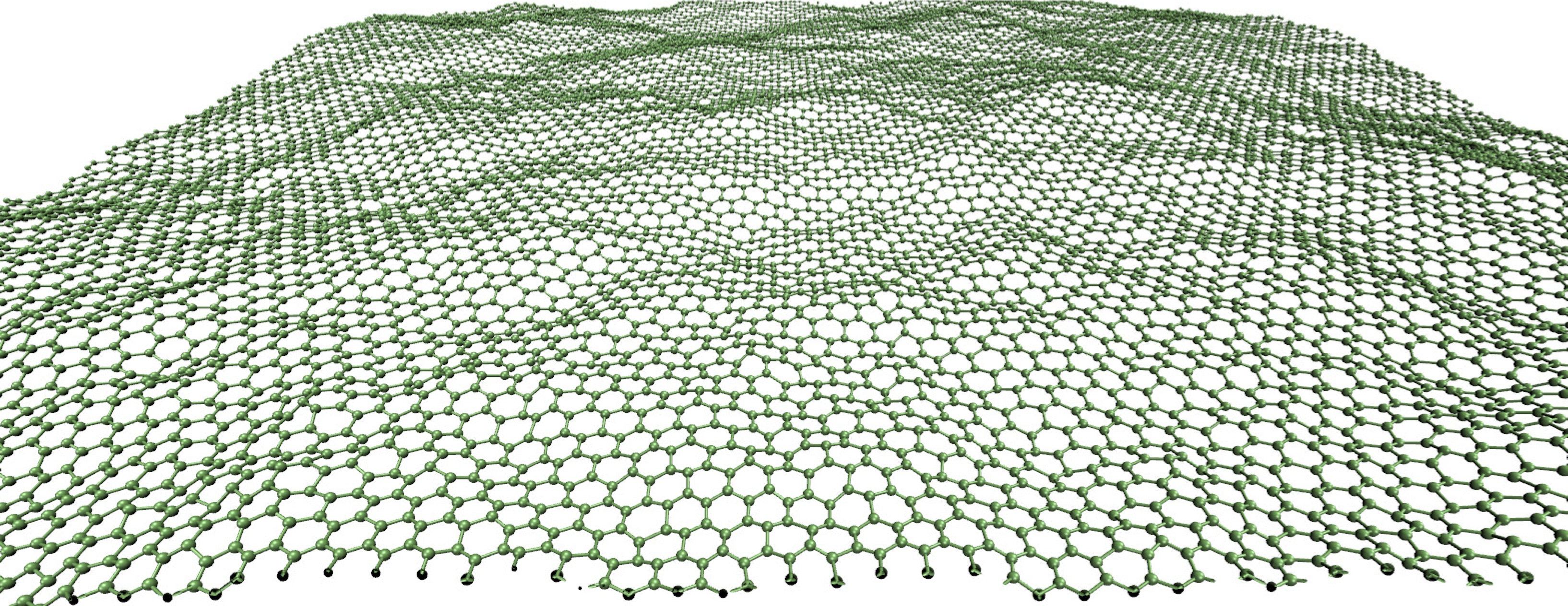
unique electronic properties of graphene have attracted a huge
amount of attention since its discovery in 2004. The structural
properties of such a two-dimensional lattice are less known but not
less exceptional. Graphene has a rippled structure at any finite
temperature, negative lattice expansion, is elastic up to very large
deformations but displays many anharmonic effects, has a
peculiar phonon spectrum and melts in a very unusual way. The
structural properties of graphene are rather well described by bond
order classical potentials. We have shown in the past years that Monte
Carlo simulations based on such a potential (LCBOPII) can provide a
detailed picture of the structure of graphene and of the thermal long
wavelength behaviour due to rippling and have compared our findings to
continuum models developed to describe two-dimensional membranes . The
advantage of classical simulations is the ability to deal with very
large samples, allowing the study of localized (vacancies) and extended
defects (grain boundaries), melting, strain and frictional
behavior. Examples will be shown in this talk.
|
|
|